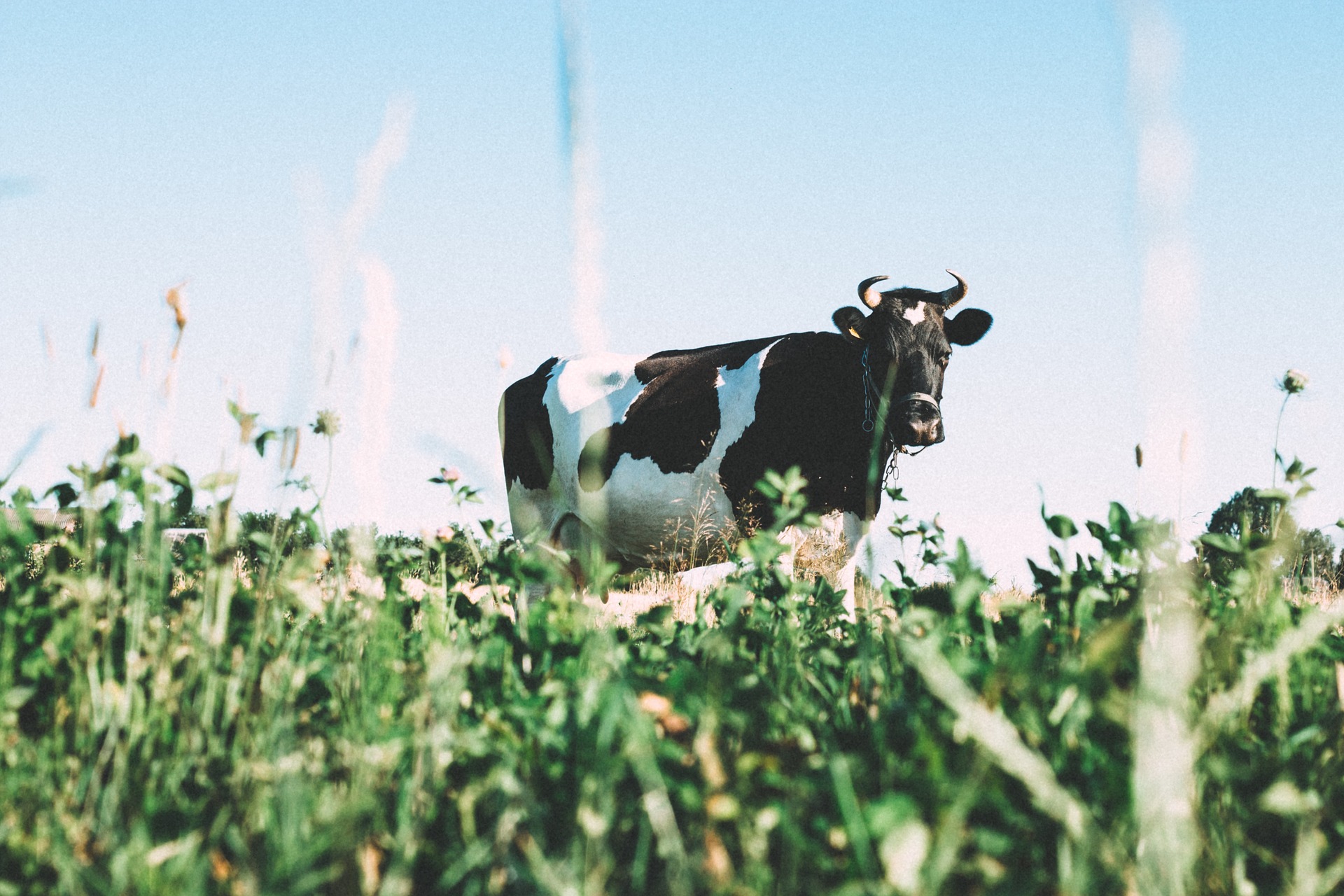New Research Says Grass Finishing Can Build Soil
Midwest research says AMP grazing produces lower greenhouse gas emissions than feedlot finishing.
Author: Alan Newport | Published: February 28, 2018
A new study from Michigan has boosted the case for adaptive multi-paddock grazing with data showing less greenhouse gas (GHG) emissions from grass-finishing cattle than from feedlot finishing.
When the researchers included soil organic carbon (SOC) in the GHG footprint estimates, finishing emissions from the adaptive multi-paddock (AMP) system were net negative 6.65 kg CO2-enteric per kg of carcass weight, compared with feedlot (FL) emissions of 6.12 kg CO2-enteric kg, which was aggravated by soil erosion, the authors reported.
Perhaps just important, I believe, is the fact their data shows increased soil organic matter from AMP grazing. Researchers showed a four-year carbon (C) sequestration average of 3.59 Mg C ha/yr in AMP-grazed pastures. The feedlot system showed a potentially small net loss of soil carbon, as you might expect.

